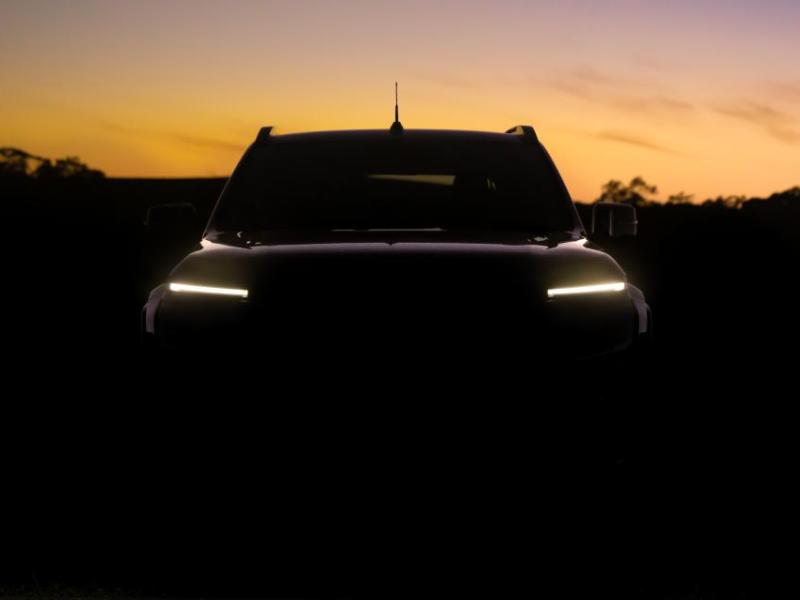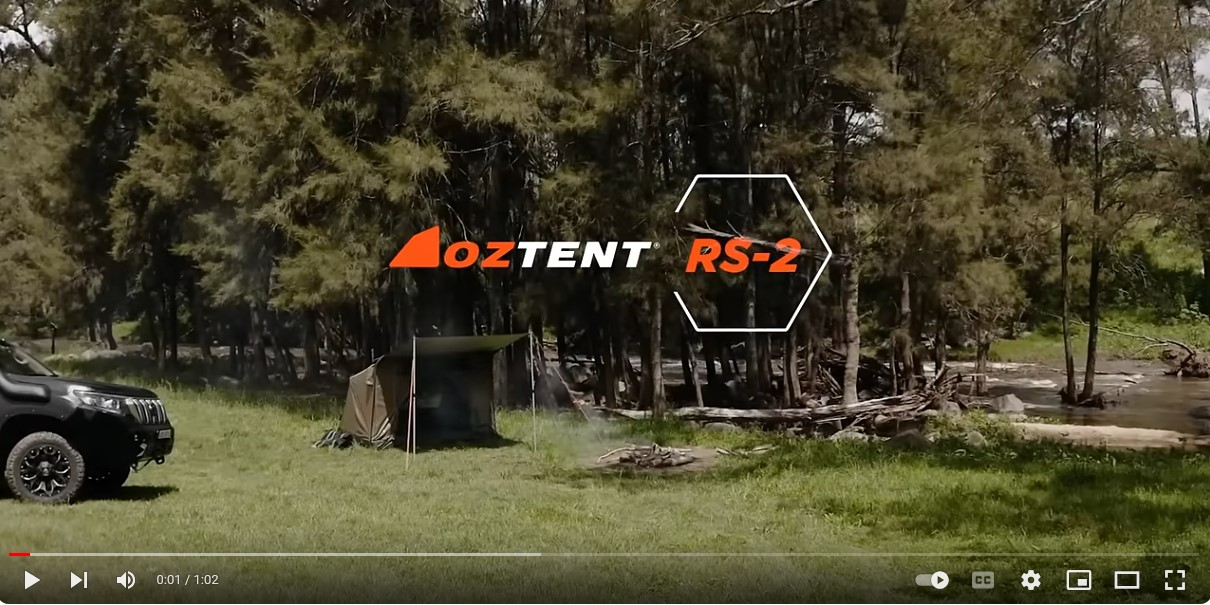You’ve heard of the Ford Model T, but how about the Model TT? Though less well-known, it also had a big impact – as the forerunner to the modern day ute and van.
Launched 100 years ago, in 1917, the Model TT was Ford’s first purpose-built utility vehicle. Owners could customise the chassis with a cargo bed to transport everything from letters to fuel – first at home in the United States, and later in the UK.
The Model TT ute was longer and stronger than the Model T car, with a cab that could seat one driver and one passenger. The engine was started using a cranking handle on the front. For a smoother ride, customers could choose modern air-filled rear tyres instead of solid rubber.
Ford went on to develop the first wellside-style ‘pick-up truck’ in the US in 1928 and - after a plea from a Australian farmer’s wife in 1932 - the first wellside ‘ute’ in Australia in 1934.
To read every story in the October 2017 issue of NZ4WD go to Zinio.com (Sept 22) or purchase your own hard copy at the Adrenalin store.






